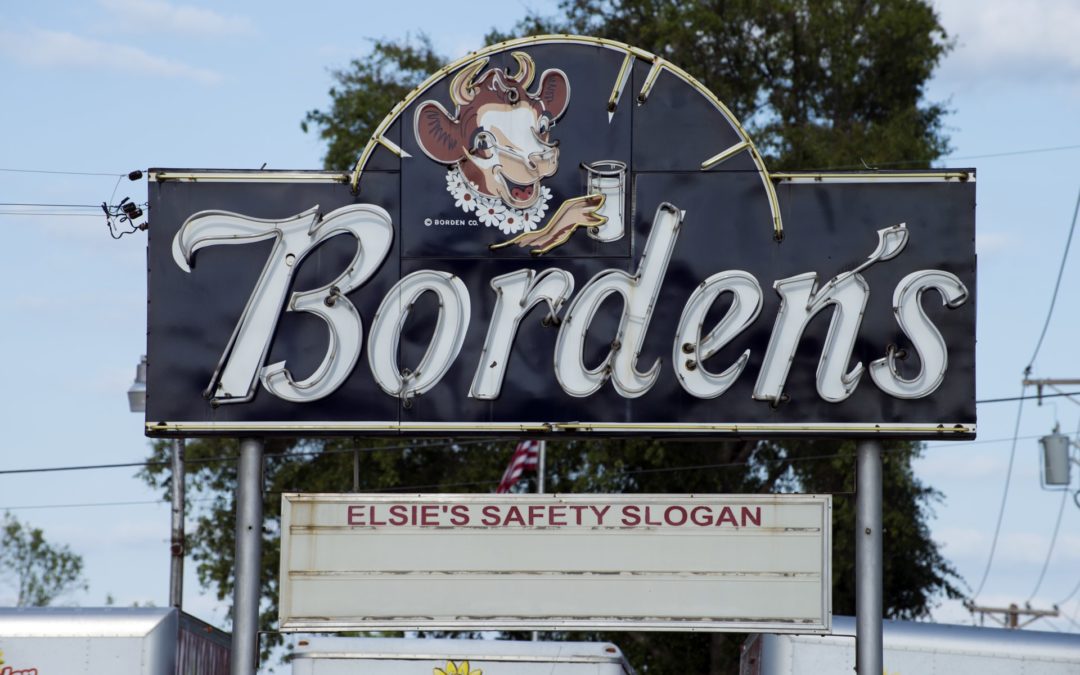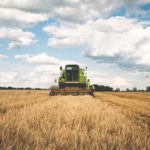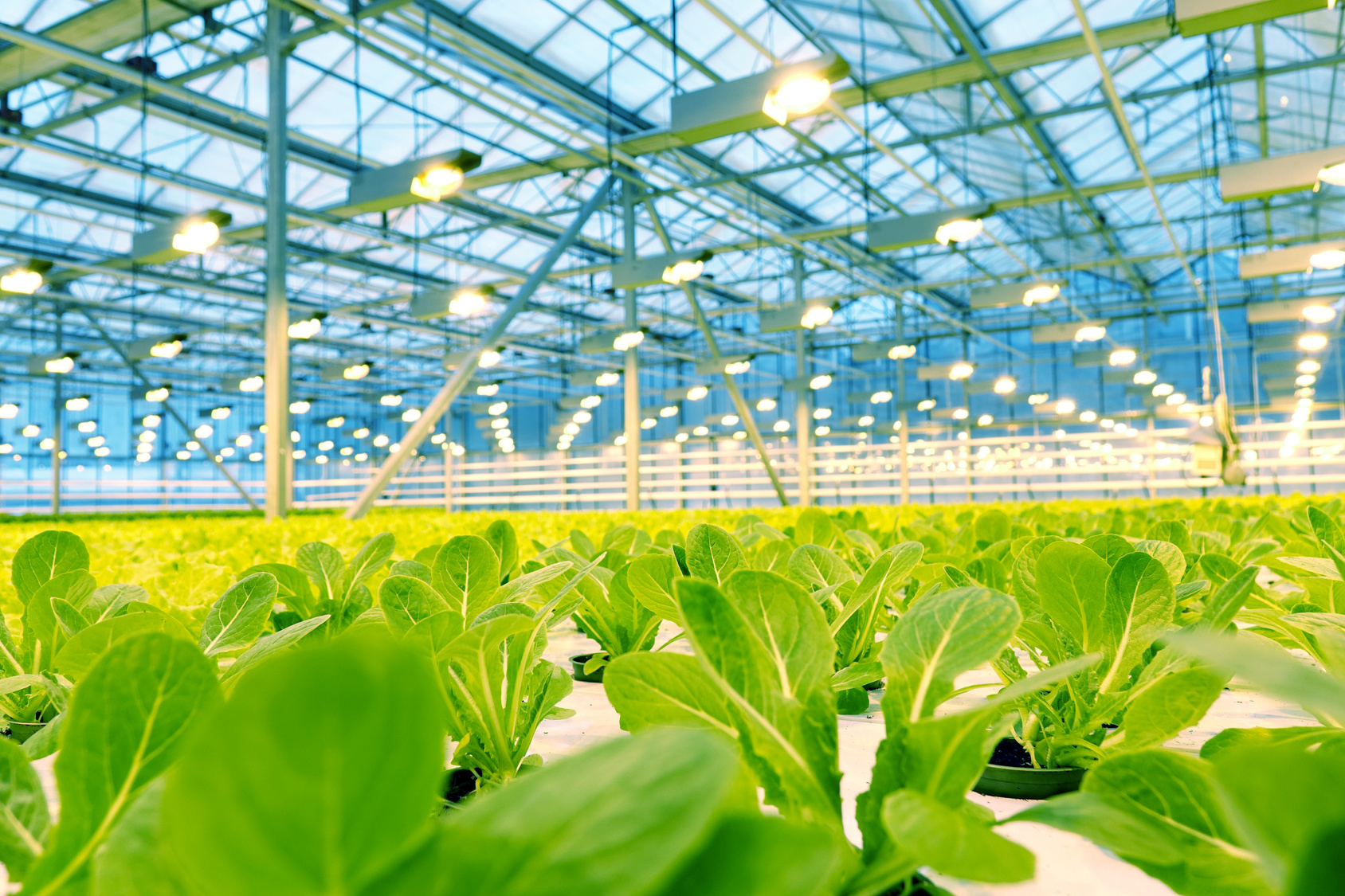As a sailor, I learned a long time ago, it is always darkest before the dawn.
Borden is bankrupt. And the dawn is coming.
Per the New York Times:
“Borden, the dairy producer founded a century and a half ago, has filed for Chapter 11 bankruptcy protection, the latest victim of an industry battered by declining prices, rising costs and changing tastes.
“The company, which is based in Dallas and reported $1.18 billion in sales in 2018, has been trying to adjust to those unfavorable trends but was hampered by debt, Borden’s chief executive, Tony Sarsam, said on Monday.
“The biggest cause, if you dial it back, is a circumstance where we have debt that is inappropriately sized for the company,” he said.
“Executives at Borden, which employs 3,300 people, had been trying to renegotiate its debt agreements for months, Mr. Sarsam said, but filed for bankruptcy on Sunday after talks with lenders fell through.”
As a kid I told my mother “Why do people ever stop drinking milk. I told her, “When I am an adult I will drink milk” I was wrong.
This isn’t about nutrition. It’s not about fat. It’s not about Millennials ‘killing’ milk.
It’s about choice.
Latent demand for milk alternatives has been building for years. Lactose intolerance, low dairy diets, vegans, flexitarians, etc… whatever the reason, people want more options in the foods they eat.
And now we’re getting those choices, in the form of almond milks, oat milks and more. The market is growing because there is more to choose from, reaching new customers.
Plus, there’s new value being unlocked by providing these ingredients to processed food companies.
Result: Market growth is snowballing.
But this is about more than just dairy. Meat is following the same path, with new alternatives offering a meat-like experience that’s reaching more people.
Vegans, those on restricted diets, those who just want to cut back on red meat, etc.
Soon, these products will begin taking market share from the ultra-processed alternatives, offering healthier proteins that can scale to feed the world.
What happens then? Prices fall. Adoption grows. Prices fall even more.
Imagine a burger-like experience at the price of ramen noodles. It’s coming.





